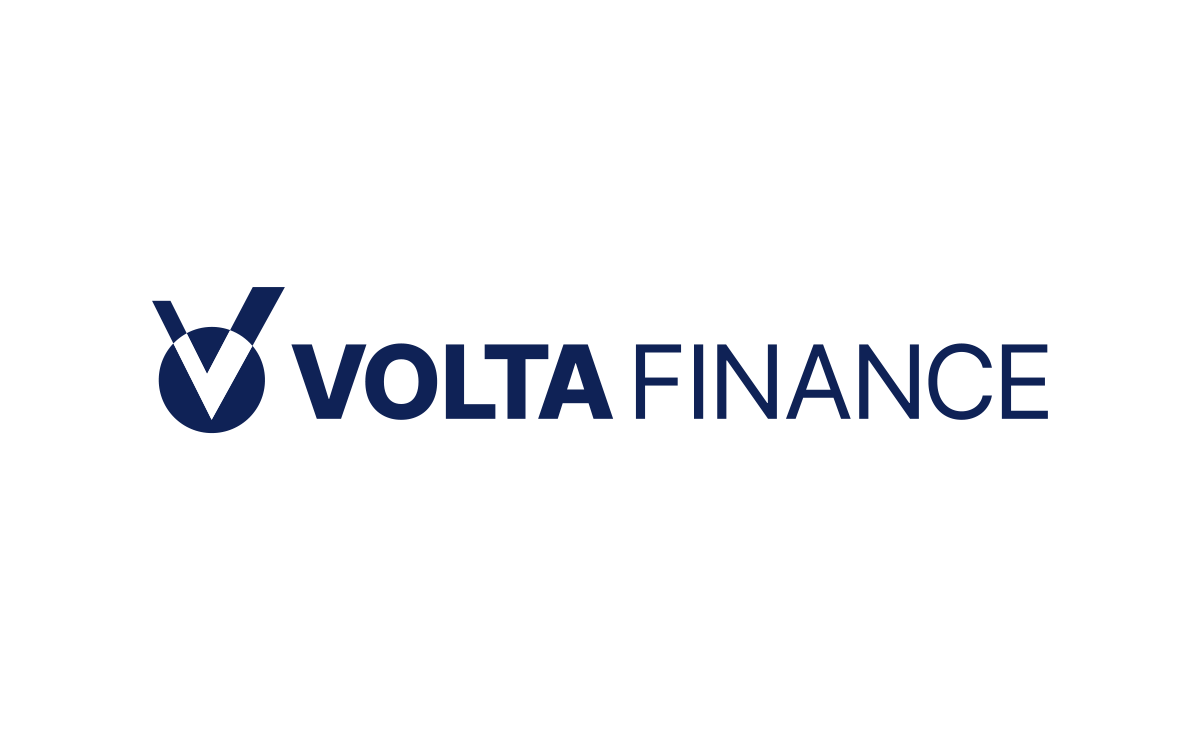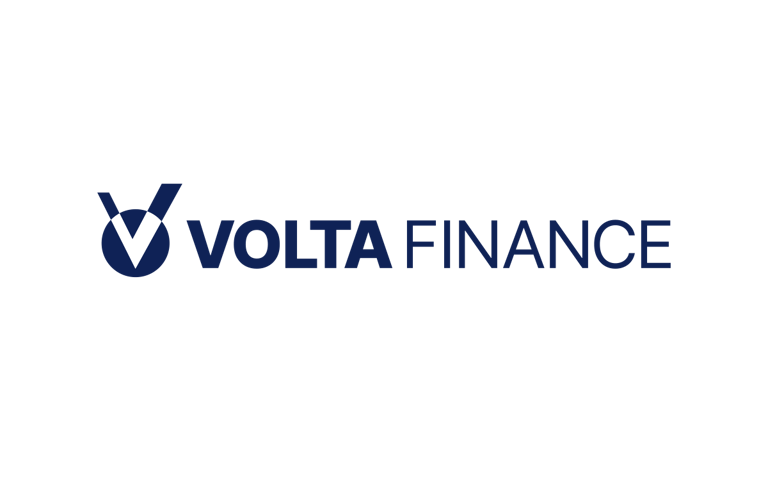A lesser-known corner of the financial markets continues to evolve quietly, drawing renewed interest from sophisticated investors searching for tailored outcomes beyond the traditional equity and bond mix. Structured products, long the preserve of private banks and institutional mandates, are once again surfacing as instruments of precision in portfolio strategy, neither fully mainstream nor entirely niche.
What sets these products apart is their capacity to shape return profiles in ways conventional assets cannot. Each is essentially a custom-built instrument, combining derivatives and underlying assets to deliver a specific payoff under defined market scenarios. Far from being speculative vehicles, the most compelling applications involve capital protection, yield enhancement, or controlled equity exposure, particularly valuable in sideways or uncertain markets.
This isn’t to say structured products are without complexity. Their reputation has, at times, been coloured by opacity and poor suitability when sold indiscriminately. But recent years have brought refinements in transparency, risk assessment, and investor alignment. When used judiciously and understood correctly, they offer an additional lever for managing risk and shaping returns. The key lies in their architecture. A typical structure might blend a zero-coupon bond with options, such as calls or puts, on equity indices, commodities, or even interest rates. The bond preserves principal over the term, while the derivative overlay defines the conditional upside or downside.
One popular variant, the capital-protected note, ensures return of capital at maturity while offering limited participation in market upside. Others, such as reverse convertibles, accept heightened risk in exchange for enhanced yield, particularly where investors have a neutral-to-bullish view on a specific stock or index. Then there are autocallables, which can terminate early if predefined performance thresholds are met—returning capital and coupon payments earlier than maturity. These structures can offer attractive outcomes in low-volatility environments, where outright directional conviction may be muted.
The appeal, particularly for professional investors, lies in their ability to express nuanced views. For instance, in a market expected to remain flat or slightly up, where direct equity exposure may underwhelm and fixed income remains yield-constrained, a structure offering contingent returns within a defined range can provide differentiated exposure without assuming full market risk. This sort of controlled participation can be especially useful in regimes marked by policy uncertainty, range-bound trading, or macro transition.
Yet cost remains an important dimension. Because structured products embed derivatives and often involve active risk management by the issuing bank, they typically carry fees not always transparent at first glance. These costs are ultimately priced into the payoff, subtly reducing the implied returns versus direct exposure. Understanding these trade-offs, as well as the credit risk of the issuer, given these are typically unsecured obligations, is essential.
Liquidity can also be constrained. Most structures are designed to be held to maturity, and while secondary markets exist, bid-offer spreads can be wide, and pricing opaque. This illiquidity is a material consideration for investors needing flexibility, and underscores the importance of alignment between product design and investment horizon.
Even so, institutional familiarity and the increasing sophistication of private wealth clients have led to a more thoughtful integration of structured products within diversified strategies. They are being deployed not as speculative instruments, but as precision tools, ways to target specific outcomes where traditional assets may no longer suffice. In the context of uncertain macro trajectories and shifting rate regimes, their relevance is again on the rise.
Structured products are created by financial institutions to deliver pre-defined returns based on the performance of one or more underlying assets. These may include equities, bonds, commodities, interest rates, or currencies. They are typically aimed at experienced investors seeking tailored exposure, with varying degrees of risk and return.
Volta Finance Ltd (LON:VTA) is a closed-ended limited liability company registered in Guernsey. Volta’s investment objectives are to seek to preserve capital across the credit cycle and to provide a stable stream of income to its Shareholders through dividends that it expects to distribute on a quarterly basis.






































